Moving yourself (without movers): 7 DIY Move Tips
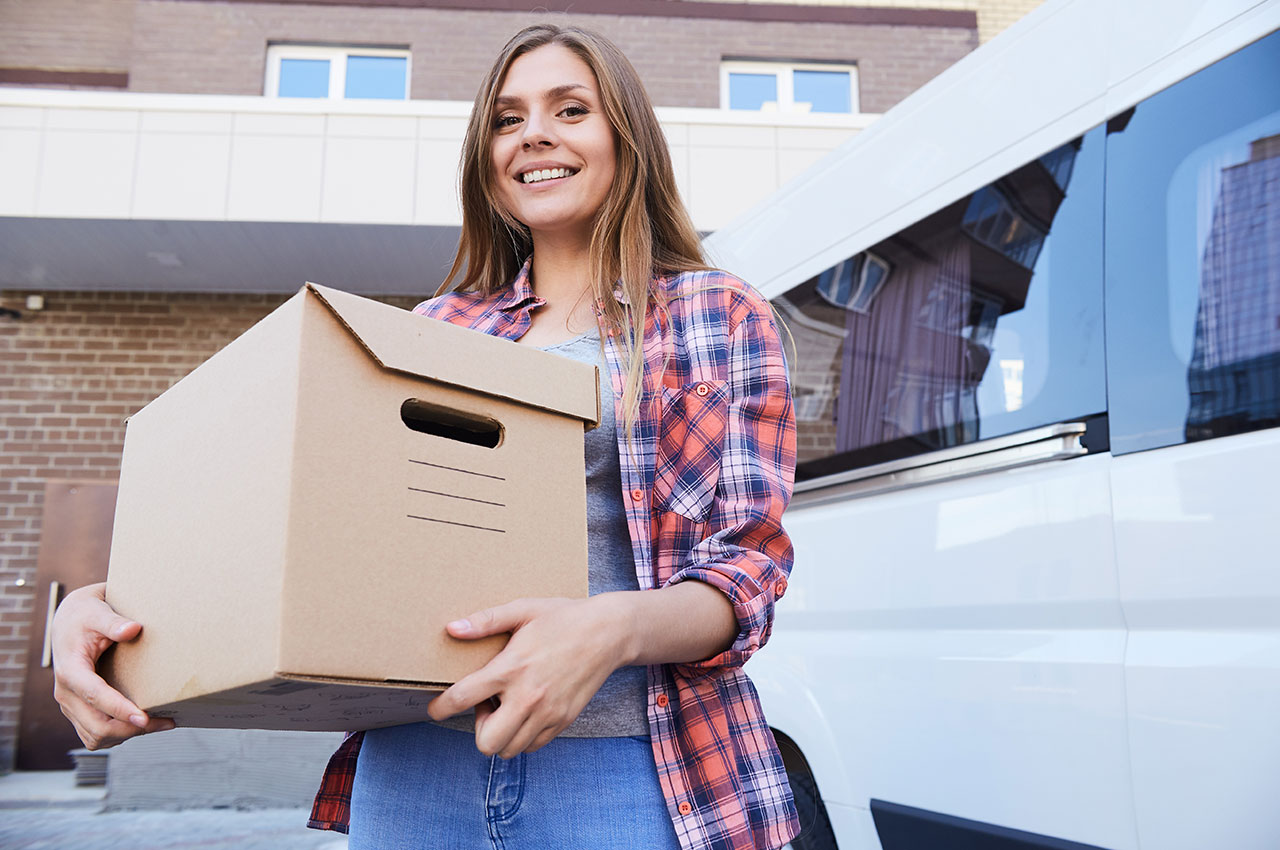
So, you’re relocating, and you have decided that you are going to be moving by yourself. This isn’t an uncommon scenario as many people decide to take on the task of moving homes without the help of professionals.
However, although a lot of people do it, this doesn’t mean it is an easy task. Even with professionals, moving can still be stressful. So, to help you out and make sure you are as informed as possible about what you will need to do, we have put together this helpful guide crammed full of expert insights and packing hacks.
Step 1 – Choosing how you are going to move
The first thing you need to do is decide what method of self-move is right for you. The sooner you choose this the better as you’ll have plenty of time to plan and arrange everything you need for the moving day, including budgeting your house moving costs.
Rent a moving van or truck
A popular option, when it comes to moving yourself without the help of a removal company, is hiring a van or truck and transporting the items yourself.
In the UK you are only allowed to drive a vehicle up to 3.5T on a standard driving licence. This means that there’s room for a few complications if you’re not too careful. If you don’t have a van licence and require a sizeable number of belongings and furniture to be moved this might not be suitable.
Multiple long journeys with numerous van loads may eat into your time and will waste too much money on fuel, not to mention emissions that could’ve been avoided.
The majority of van rental companies also require that you be at least 25 years of age to drive the vans. So, if you are younger than this and don’t have anyone who could drive for you then you won’t be able to rent a van.
Getting the van size right
When renting a moving van or truck consider what size van you will need. The bigger the van, the more expensive it will be to rent and run. Work out roughly how much room your items will take up and check this against the internal measurements of the vans you are considering. You may be able to save yourself some money by using a slightly smaller van.,
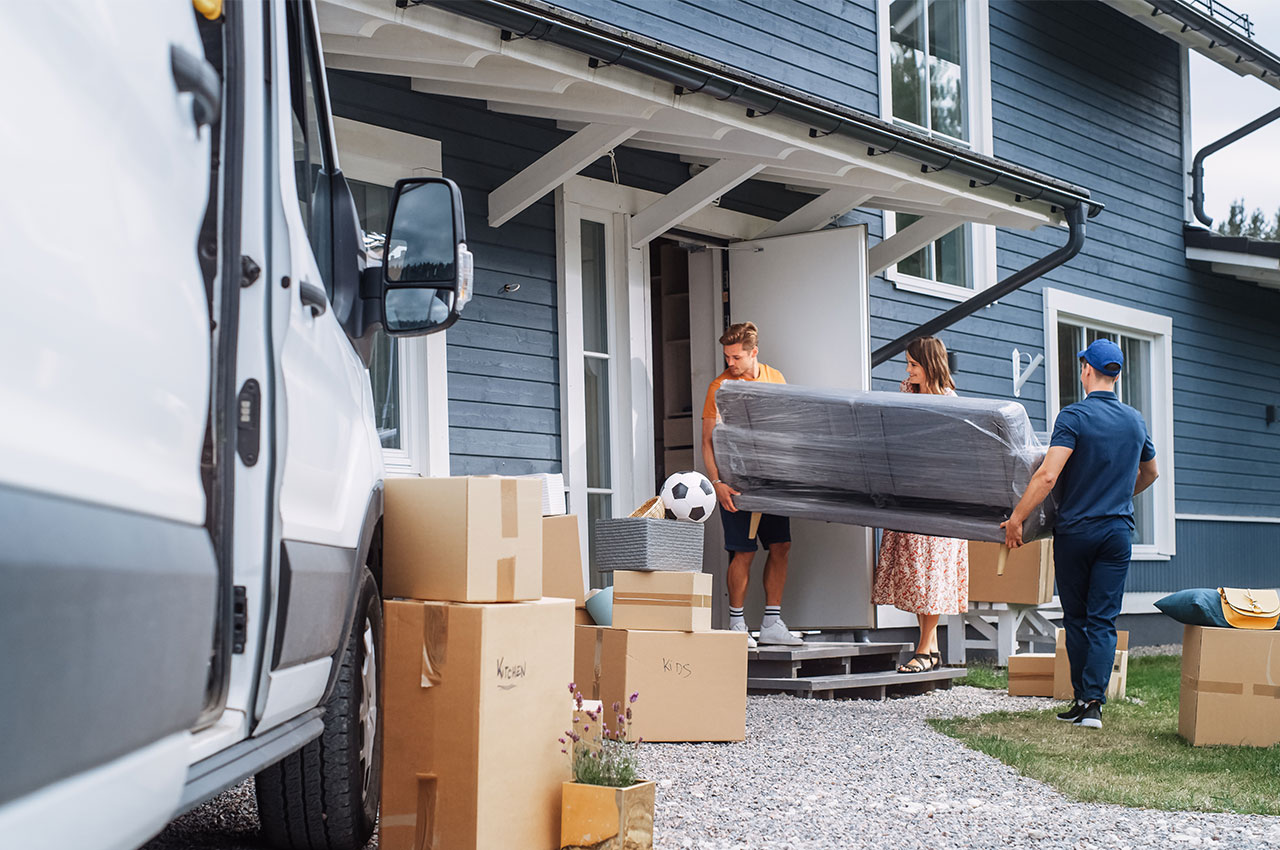
Use a container service
If your DIY move is small, then a container service could be ideal. These containers are also handy if you need short-term storage. One of the benefits of a container service is that you can have the container dropped off at your property and have it left there for a few days, whilst you move your items in at your own pace.
Of course, this won’t be suitable if you don’t have the space to accommodate the container – so measure up if you think it might be a squeeze.
Using a friend’s van
Obviously, this one is only possible if you know someone with a van who is willing to help you or let you use it. However, if you do know someone it is definitely worth asking as you could save a lot of money.
Move some items by bike
It sounds extreme but hear us out! While a whole lot of effort, it is possible to move a significant amount of your belongings by cargo bike and it has been done before.
If you already own one – amazing – but, if not, you will have to shell out around £50 to rent one for the day. For the rest of your furniture, you could opt for a furniture courier to get the job done for a fraction of the price of a full home removal.
It should be noted, however, this only works if you’re moving yourself a short distance and across a cyclable city. If that’s not you, we wouldn’t recommend this, even though it would give you a brilliant story to tell at parties.
Pack yourself and hire a moving company
If you’re moving a lot of items, it may be best to hire professionals to get them from A to B. You can still keep your costs down by packing all your items yourself and only using the movers to actually transport them.
You can even load the van yourself on top of this, and only hiring the van and driver for transportation. Just make sure that you know how to pack your items and how to load the van correctly before you do decide to do this!
Step 2 – Put together a moving checklist
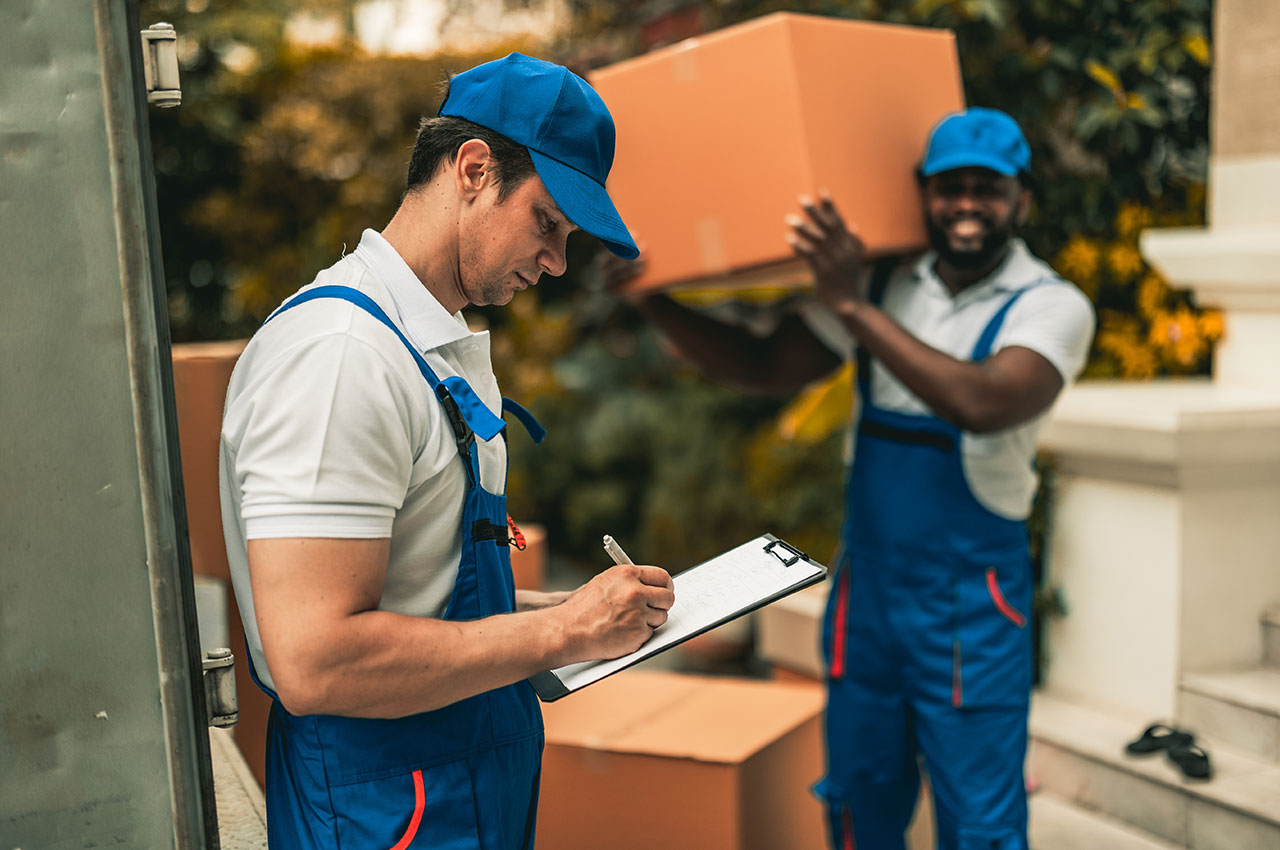
This part is absolutely crucial: you should put together a checklist of everything you are going to move well in advance of the big day. This is useful for numerous reasons.
Firstly, it gives you an idea of how much stuff you need to move, so you can ensure you have the right size van for the job. If you are hiring a moving company, the first thing they will want to know is a list of what items you are moving.
The checklist will also help you identify any items you don’t need to take or that can fit into a car if you own one. Any items you don’t need to take with you should either be sold on a marketplace such as Facebook Marketplace, Gumtree or eBay or donated to charities.
A checklist is also useful to refer to when you are packing your items. You can tick your checklist off as you go at both the collection and delivery addresses. This way you can check everything arrived at your end destination.
Step 3 – Arranging help for moving
When we say moving by yourself, we don’t literally mean do it all yourself. There are certain pieces of furniture which will require 2 or even more people to safely lift and move – it will be a very tiring and long process if you do it alone, especially with a lot of things!
You should aim to try and get 2–4 people to help with your DIY-move. They could be family, friends or acquaintances. Try to give them as much notice as possible; this will hopefully mean they can make sure they are available for that day.
When you are moving using the help of family and friends, it is more likely that something may go wrong as it they’re probably not professionals. (Lucky you, if they are!) We say, if you are really strapped for cash and your furniture and other items are not too expensive, then using friends and family is fine. Be sure to keep them fuelled with food and drink though.
Step 4 – Packing up your stuff!
Firstly, you are going to need materials. You can source boxes packing paper in stores like Home Depot. Things like mattress bags, tape and tape dispensers can be bought online for cheaper.
An alternative you might want to consider is using your blankets and linens, instead of buying moving materials. This will save you a little bit and avoids unnecessary waste. You can wrap your furniture in these blankets and then tape them up to keep them protected during the moving process – the best part is that you can reuse them for future moves.
Packing materials needed
- Boxes – Get a range of boxes from large to small, either from a moving supplies company or free from supermarkets.
- Packing paper – Newspaper is also sufficient. Just know that items may have to be cleaned afterwards if the ink bleeds onto them.
- Packing tape – Use this to secure blankets wrapped around furniture and boxes.
- Mattress bags – Protect your mattresses from moisture, dirt and bugs with a reusable mattress bags. They will come in handy for future moves too!
- Marker pens – Use these to mark up boxes. Put the room they need to go in and clearly mark it as fragile if it is.
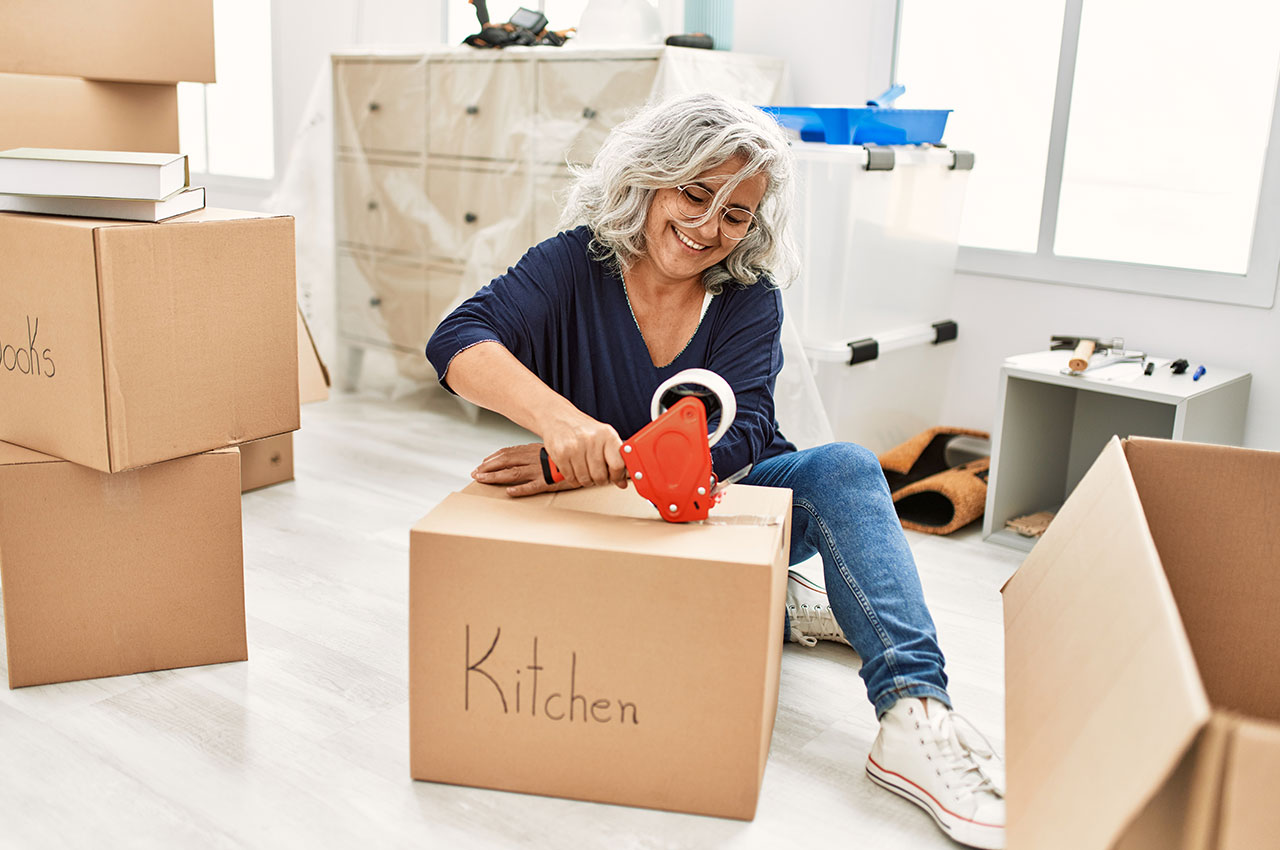
Beginning the packing process and top tips
It is crucial that you know how to pack your items correctly. This will ensure your items are protected and are received damaged-free at your new home. Here are some simple tips to achieve just that.
Moving boxes
You can find used boxes to use such as Amazon packages and wine boxes; however, they are usually not as strong as actual moving boxes. Moving boxes are made specifically for moving, so you know they won’t split, tear and break. You can buy moving boxes for cheap, generally around £1 a box.
Packing items in the right boxes
You need to ensure you put the right items in the right boxes. Heavier items such as books, CDs and electronics should go in small boxes. Large boxes should be used for larger items; only put light items in though, such as pillows. You will want more small and medium boxes rather than large boxes.
Split it up into rooms
Be organised and pack by room. Why? This is because it will ensure that when you come to unpack all your belongings you will know where all the boxes need to go. This will save you a lot of time and hassle when you come to unpack, ideal if you’ve just finished a long and tiring journey.
Label each box with what room it needs to go in. You can also put label some items in the box, but there is no need to go crazy, you will have a lot of labelling to do if you write down every item.
This might seem obvious, but it’s easily forgotten: when you are labelling boxes make sure to clearly mark boxes as fragile if they have fragile items in them!
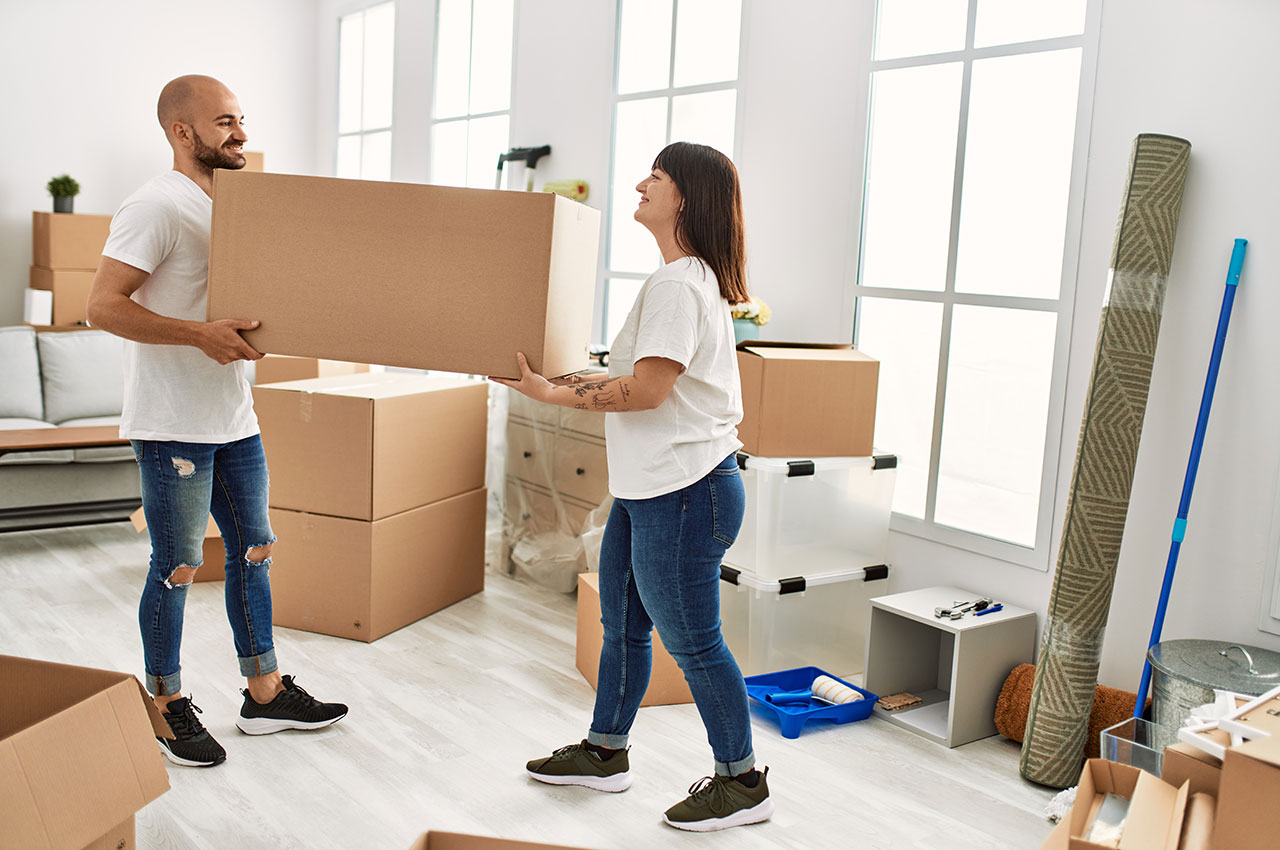
Packing paper
Packing paper is made for a reason, and that is to keep things safe during transit. You may consider bubble wrap, but this is much more expensive and not recyclable either.
You can also use magazines or newspaper, but be aware that ink can bleed onto items, so only use it on things you can wash easily – and be prepared to wash them too!
Daily essentials box
It’s in the name. In this box, you should put all the things that you use daily. This would include your toothbrush, toothpaste, shampoo, conditioner, body wash, hairbrush, hair dryer, medication etc. This ensures that you won’t have to rummage through loads of boxes and bags to find the things you need urgently.
Secure boxes properly
Make sure to tape up boxes properly, checking that they are secure and won’t open up during your self-move. Be especially careful when boxing up heavier boxes as you won’t want their contents falling on your other belongings.
Here’s a pro-tip for you: you should put three pieces of tape on the bottom and the top. The first piece of tape should be put across the seam in the middle and overhang the end of the box. Then you should have two more pieces on either side of the seam, again overhanging the end of the box.
Packing fragile items
Use heavy-duty dish packer boxes. These are boxes with thicker walls. These should be used when packing any fragile items for added protection. This means if your fragile item boxes are knocked or dropped then they stand more chance of surviving the impact.
Plates should be wrapped individually and so should wine glasses. Make sure there are no voids in the boxes so that there is no movement whatsoever.
Towels & linens
A handy way to pack towels or linens for maximum efficiency is to wrap fragile items in them. It will help save money and waste on wrapping paper.
Suitcases
Make use of your suitcases and pack heavy items in them such as hardback books. As your suitcase has wheels you can pack it with heavy items and not have to worry about lifting it. Again, this will save you some money on boxes.
Step 5 – Organise a babysitter or pet sitter (if applicable)!

Small children and pets can slow down a house move, whether you’re moving by yourself or with a company. Make sure to organise someone to take care of them when you are moving. You don’t want to keep getting distracted especially if you have a time schedule to adhere to.
Pets can be a bit easier than children as you can either put them outside or in a separate room. Children, however, will need someone to watch them, so why not ask family or friends if they can take them for the day?
Step 6 – Organising equipment
You need to organise the correct equipment when carrying out your DIY move. If you rent out a van, then this doesn’t mean you will get all the equipment with it. You will need to rent this separately.
Equipment required for moving
- Furniture dolly
- Appliance dolly with straps
- 4-wheel dolly
- Extra straps and ratchet straps
- Furniture pads or blankets
- Lifting straps
If you want to move heavy furniture without injuring yourself or damaging your items, you need to have this equipment. It’s always better to move heavy furniture with wheels than to lift it yourself.
Step 7 – Loading the van
It is crucial that you know how to load the van or other vehicle in the correct order with furniture and boxes in the right place too.
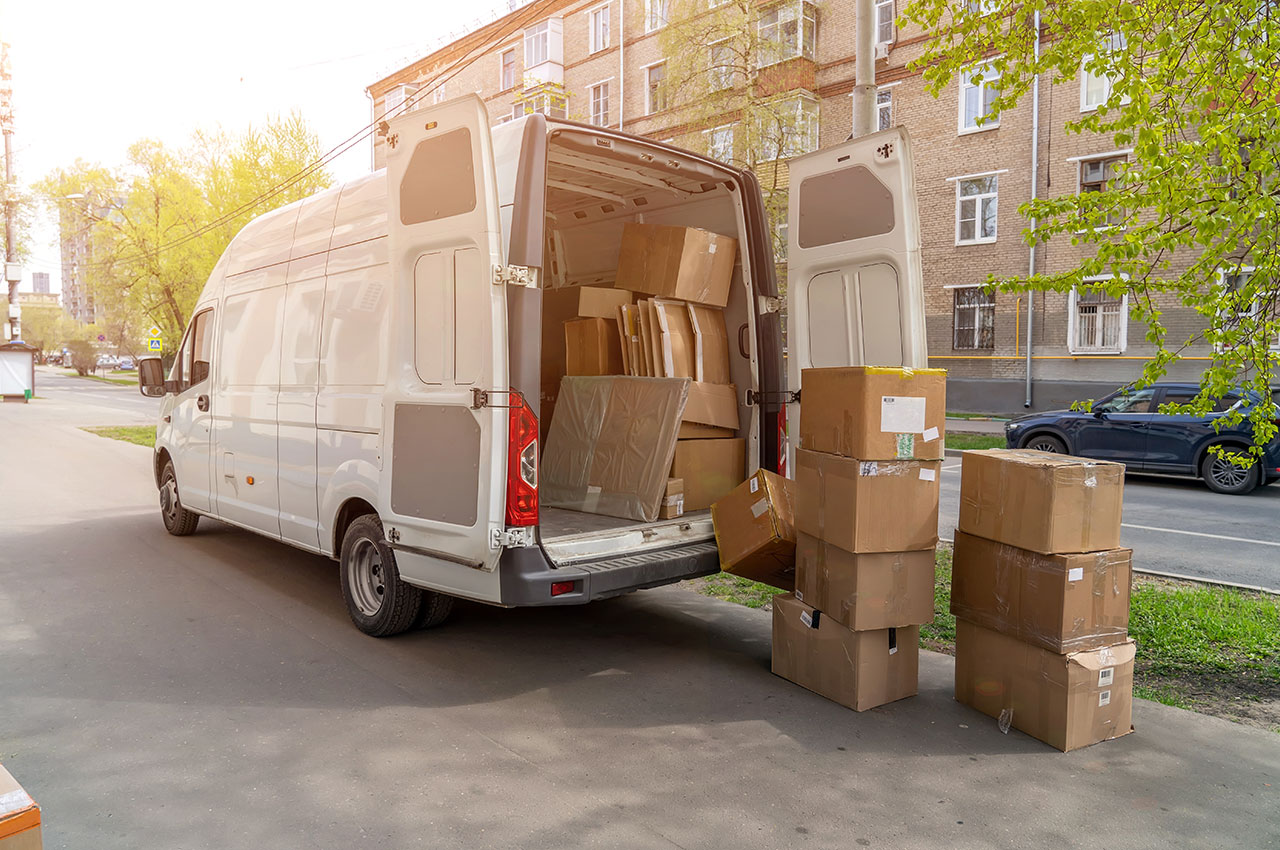
Getting the order right
The first things to load in should be the heavy and large items. Anything that is heavy needs to be at the bottom. This is because heavy items can damage any items below them with their weight. It is also good to put heavy items in first as any voids between heavy items in the van can be filled with smaller items.
Lighter items
Lighter items should be loaded on top as they won’t crush anything beneath them and fragile items should be loaded in a place where there is zero movement and where there isn’t something that could crush it.
Heavier items
Moving heavy furniture will need extra care as this is the most dangerous part. If not done properly and with the right equipment, you can easily injure yourself or damage the furniture. Use a trolley to take the weight and wheel the furniture, make sure there are at least 2 of you to do the lifting and loading, and where possible dismantle the furniture to make it both easier to manoeuvre and lighter to carry.
Make sure everything in the van is secured with straps to keep it safe and still during transit. Strap furniture to the sides of the van and hooks on the floor. You want to avoid damaging the furniture and other items inside the van.
Specialist items
Fridge freezers and washing machines must be prepared for transportation and loaded and moved correctly. If they are not loaded properly this could result in the appliance being damaged. Check out these quickfire “how-tos”.
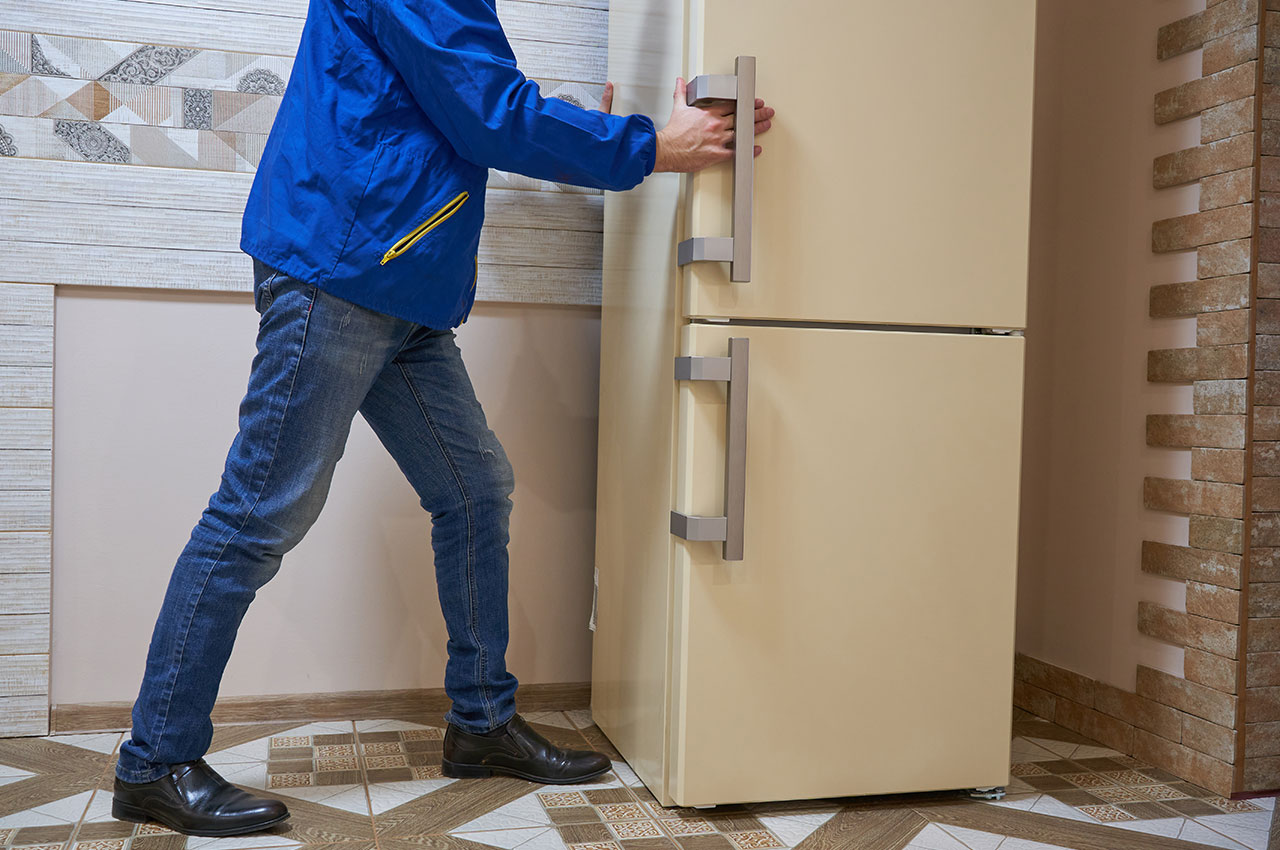
How to move fridge freezers:
- Remove all foods and liquids and defrost the freezer.
- Disconnect it from the mains, roll up the power cord and strap it to the back.
- Where possible, always try to keep the fridge upright during your DIY move. Having it laid on its side can damage it. If you have to lay it down, you will have to leave it standing for longer when you have got it moved to its new home.
- Once the fridge is moved to its new home, leave it to settle upright for at least 4 hours. If you have had to lay it down during transportation because it could not stand upright in the van, then up to 24 hours.
How to move washing machines:
- Make sure you have your transit bolts – these are the small metal rods, which need to be inserted into special slots inside the washing machine during transportation.
- Drain and disconnect your washing machine at least 24 hours before moving.
- Clean out your washing machine by running it for one wash with some washer cleaner or bleach.
- Unplug the washing machine and attach the plug to the back.
- Turn off the water supply, most washing machines have a valve at the back (you need to turn it clockwise).
- Detach the supply hose from the washing machine and disconnect the drain hose of the washer from the wastewater pipe.
- Then put in your transit bolts ready for transportation – they will keep the drum immobilised and stable when you’re on the move.
- Load it into the moving vehicle, use 2 people to do this safely and make sure to keep it upright throughout the moving process.
- Unload it from the van, remove the transit bolts, turn on the water valve and attach the plug and hoses – then you’re good to go!

Bonus tips for moving by yourself!
- It’s better to start packing early. Try to start packing at least a week before moving day.
- Photograph all your electronics so you know what plugs and leads go with which items.
- Heavy items go in small boxes and larger items go in big boxes.
- Load large and heavy items onto the van first.
- When it comes to moving day make sure to start early.
- Fuel yourself for a day of physical activity by having a good breakfast.
- Make sure to drink lots of water throughout.
- Provide anyone who is helping you with food and drink as a goodwill gesture.
Eliminate the hassle and use a home removal service
It’s a well-known fact that a DIY home removal is not an easy task. Not only do you need the right equipment and vehicle, but you also need the labour, organisation and strength too!
Organising a move doesn’t happen overnight either and is a time-consuming task especially if you have a lot of items to move. To eliminate all that hassle you can hire a professional to do it all for you.
The VanaMango touch
VanaMango can offer a personalised full house move service where we can collect, transport and deliver all your items – without you having to lift a finger.
Or if you would like a slightly cheaper option, we can also offer a man and van service. Ideal if you are on a budget or are looking to save some money, we can provide a single man and a van to transport your items. Get your hands on a no-obligation quote in a matter of clicks.
